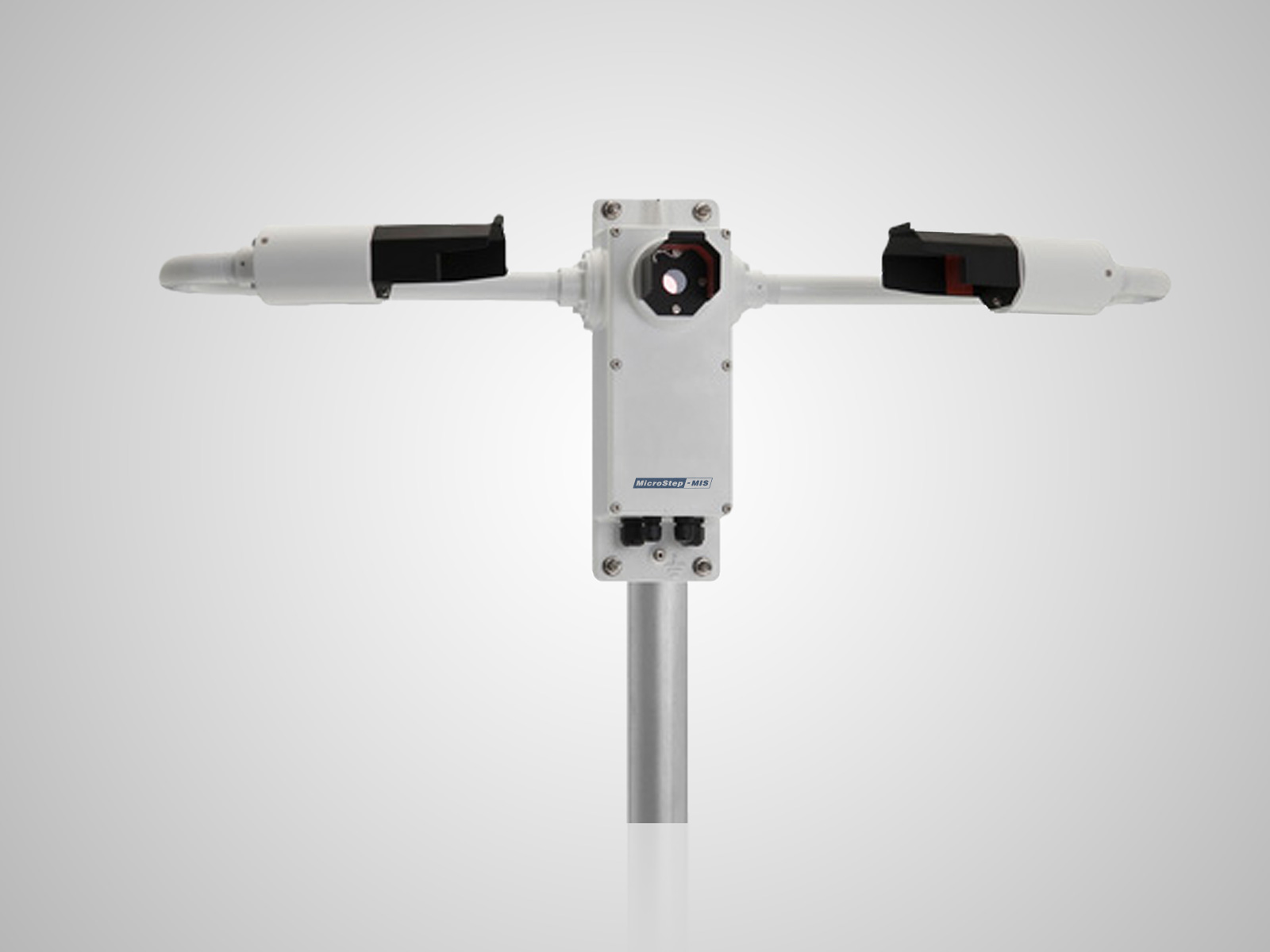
The SWS-250 Visibility and Present Weather sensor is the most advanced of the SWS series with many of the present weather reporting capabilities of the VPF-750 Present Weather Sensor. The use of a backscatter receiver significantly improves the accuracy of present weather reporting and allows a wider range of precipitation types to be identified with confidence.
The ability to accurately distinguish frozen from non-frozen precipitation can be of significant importance in aviation applications and national weather service monitoring networks.
Visibility Measurement
The measurement of visibility by forward scattering as used by the SWS-250 is now widely accepted and seen as having significant advantages over more traditional techniques such as the use of transmissometers. Whilst transmissometers have the advantage of direct visibility measurement they are expensive to both acquire and maintain, whilst the limited measurement range restricts their use in some applications. Forward scatter sensors by contrast are compact, considerably less expensive, and require less maintenance. The measurement range can extend from 10 m to 99.99 km and with a user-selectable resolution of either 1 or 10 m (default), the forward scatter measurement technique is approved by ICAO for use in aviation applications.
The calibration of the SWS sensor family was undertaken in accordance with the recommendations of ICAO 9328 and is traceable to a national weather service transmissometer. The SWS-250 reports visibility as both Meteorological Optical Range (MOR) and Extinction Coefficient (EXCO).
Present Weather Measurement
The determination of precipitation type in a forward scatter sensor is made by observing the intensity of scattered light and the transit time for each precipitation particle. These parameters are used to estimate the particle size and determine if it is liquid or frozen using well-established relationships, unfortunately in anything other than still conditions the relationships become unreliable, resulting in poor classification accuracy. The sensors are the only ones to solve this problem through the use of a backscatter receiver. The ratio of forward to backscatter is significantly different for liquid and frozen particles, allowing the SWS-250 to report the correct precipitation code reliably even in the most
challenging conditions.
The SWS-250 has the added benefit of enhanced present weather classification algorithms enabling the sensor to report a wider range of precipitation types than any other sensor in the SWS family. The ability to accurately report precipitation type, especially the ability to discriminate liquid from frozen precipitation, can be very important in both aviation and national weather service monitoring network applications.